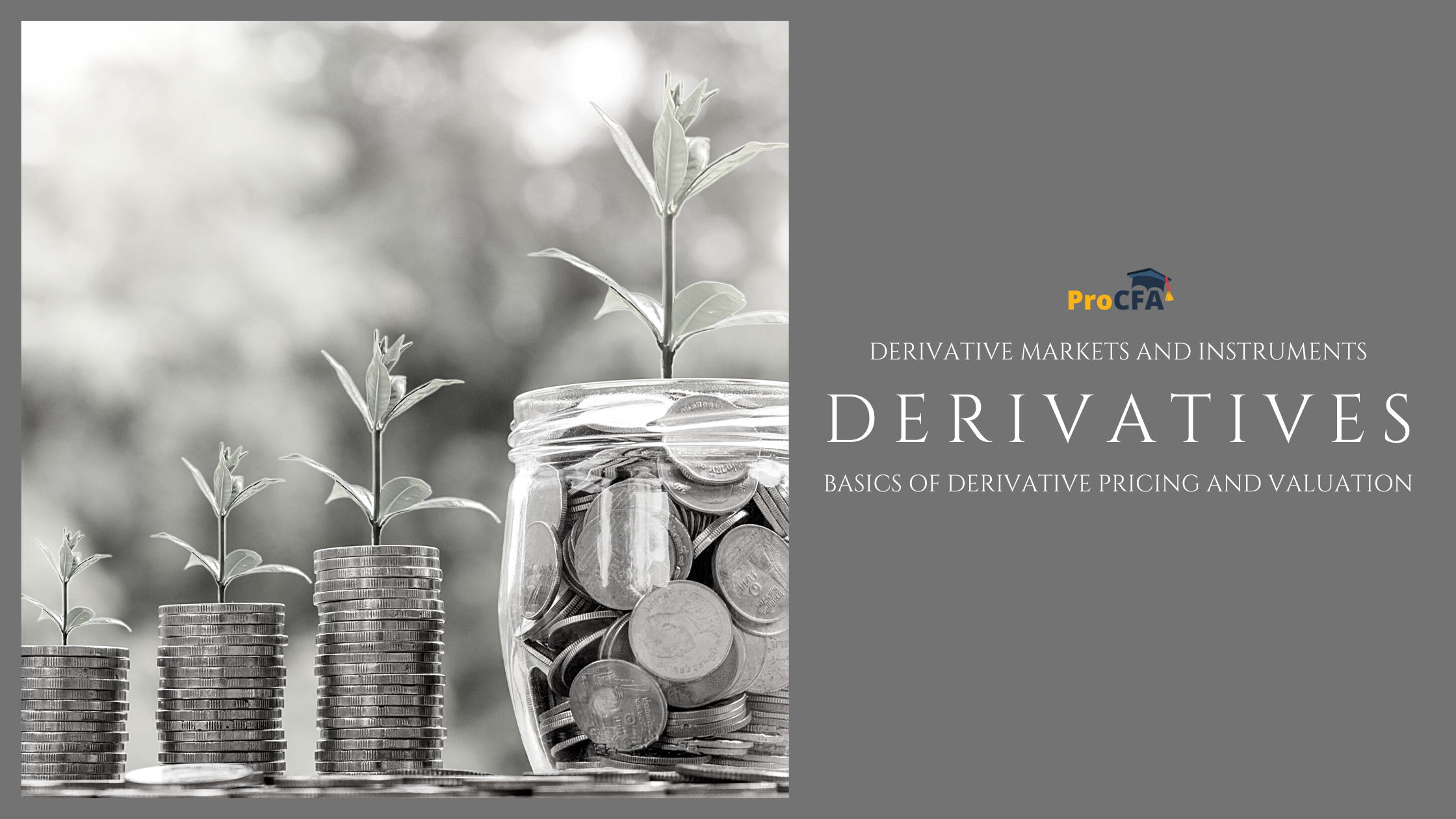
About Course
This subject is covered in Study Session 16 provided by the institute. This study session builds the conceptual framework for understanding the basic derivatives and derivative markets. Essential features and valuation concepts for forward commitments such as forwards, futures, and swaps and contingent claims such as options are introduced.
